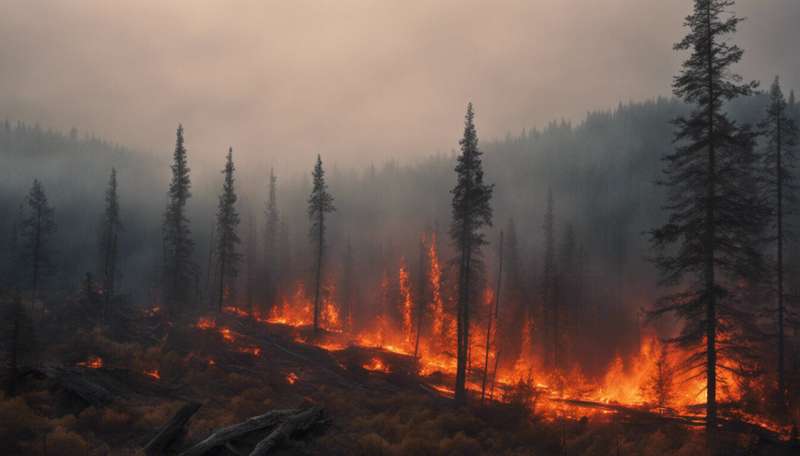Instant solution helps fight forest fires

EU-funded researchers developed a fresh approach to fighting forest fires based on a new instant foam technology.
Water is the most commonly used material for extinguishing forest fires, but its cooling capacity is limited, distribution is uneven, and pilots can miss the target. This method is also dangerous for the aircraft and aircrew due to severe air turbulence above the fire.
Short and long-term retardants are also used to fight forest fires, but long-term retardants are extremely expensive although undoubtedly effective. Foam as a short-term retardant is much cheaper to employ and increases the efficiency of water in dousing the flames, but its effectiveness and duration are less than long-term retardants.
The EU-funded Horizon 2020 I4F (Instant foam for fighting forest fire) project developed technology for creating a long lasting homogeneous foam that is better at putting out fires than current approaches. Project coordinator and Managing Director of SME TFEX Engineering, Dr Istvan Szocs says: "Our I4F system is more effective than traditional water or foam methods and much cheaper than state-of-the-art solutions, such as the use of retardants."
Less is more
Currently the material used for forest fire-fighting is produced by dropping the extinguishing substance from a plane, which instantly foams up through friction with the air. I4F technology, however, delivers the homogenous foam jet from a nozzle.
An added innovation is the use of lightweight composite materials for the containers holding the foam, enabling it to be carried and dispersed by different types of aircraft. The I4F foam is also more environmentally friendly than the current long-term retardants that are mixed with water because it requires a much smaller amount of foaming agent to achieve a much greater effect," claims Dr Szocs.
At present, the most effective forest fire-fighting technology uses retardants in a ratio of 20-25 % of water, but with I4F technology, this ratio is 3 %. Furthermore, the foam lasts longer: "The maximum structural duration of existing foams is 25 minutes, but our tests have proved with I4F technology the retardant can last for over 45 minutes," Dr Szocs explains.
The maximum amount of water that can be applied for 1 square metre of area is 5 kg, but by using I4F foam technology the value is up to 15 kg, which is 3 times more than the amount of pure water. According to Dr Szocs: "I4F technology also supplies homogenous foam structure that has an extra cooling effect that 1.7 – 2.3 times greater than water."
Environment and people better protected
Requiring less foam to extinguish a fire means that larger volumes of retardant can be carried by firefighting aircraft. Another advantage is that it remains on the trees and branches, thereby stopping the fire from spreading. As a result, using I4F will help firefighters and pilots avoid having to confront a high intensity fire.
The initiative also protects the environment by saving flora and fauna from burning and reducing polluting emissions. "At present emissions from forest fires are estimated to account for 20 % of global CO2 emissions from human activities. I4F will therefore help to limit CO2 levels as well as protect the lives and livelihoods of people living in and around the forests, and infrastructure," points out Dr Szocs.
Provided by CORDIS




















